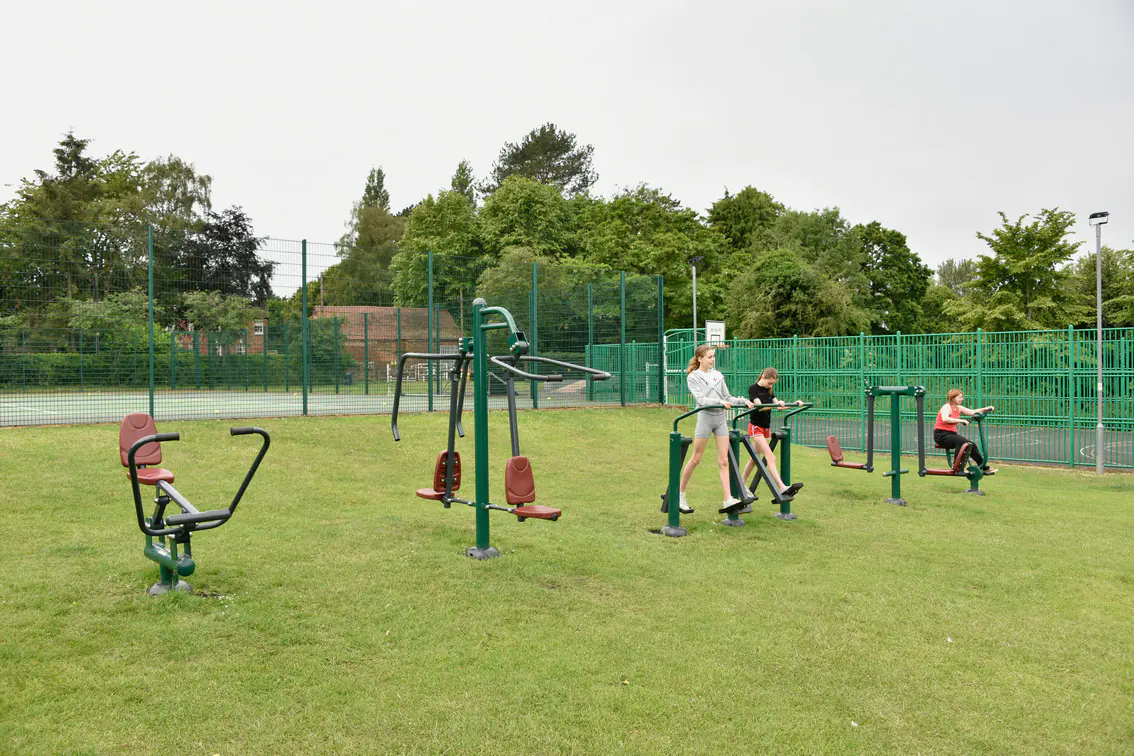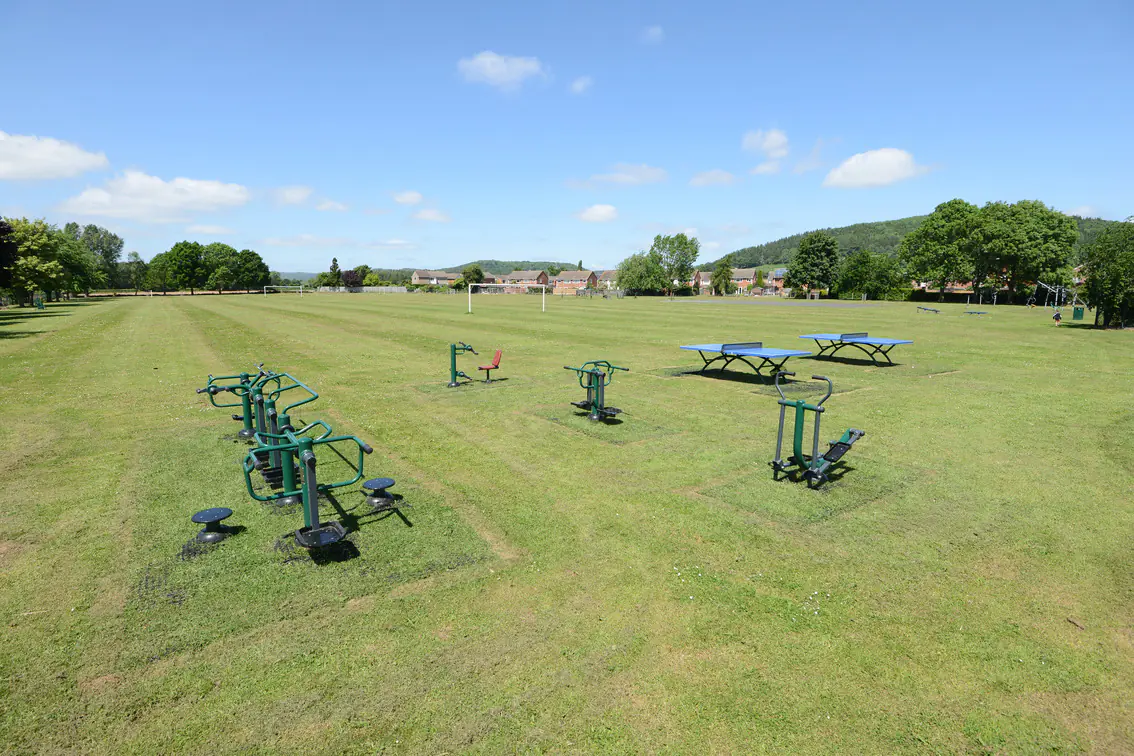Outdoor fitness areas offer free, accessible opportunities for people to exercise, contributing to improved public health outcomes and promoting regular physical activity.
For local authorities, integrating an outdoor gym into an existing park is a practical way to enhance community wellbeing. This guide explains how to evaluate current park layouts and plan fitness zones that fit into the landscape.
Understanding the park’s current use
Every park has established patterns of movement and use, whether that’s children gathering around a play area, walkers following specific paths, or quiet corners that attract visitors looking for rest. Mapping these activity zones helps identify where a fitness area will feel natural and well-used rather than intrusive or isolated. This doesn’t require specialist technology; simple observation at different times of day can provide a clear picture of who uses the park and how they interact with its spaces.
Local demographic data can reveal whether the area would benefit more from equipment aimed at older adults, families, or young people, while accessibility data helps determine how inclusive the design needs to be.
Councils often already collect insights through public consultations and resident surveys, so using this information to shape the outdoor gym ensures it responds to actual community demand rather than assumptions, increasing both usage and public support.




Choosing the right location for an outdoor gym
Choosing the right location within the park is one of the most important steps in creating an effective and sustainable fitness area. The chosen site should be visible from main paths or entrances, helping users feel safer and reducing the likelihood of antisocial behaviour. Good visibility also plays a role in encouraging casual participation, when people see other using the equipment, they are more likely to try it themselves.
Accessibility is equally important. A fitness area should be easy to reach for all users, including people with mobility challenges, wheelchair users, and families with pushchairs. This means locating it close to existing paths or creating new routes that meet accessibility standards.
Designing the fitness area to complement the park
An effective fitness area normally provides a balanced mix of strength, cardio and flexibility stations so users of different ages and abilities can take part. For councils seeking to promote inclusivity, options such as wheelchair-accessible stations help ensure that the space supports a wider demographic, including older adults and people with limited mobility.
Layout is another important part of the design process. Equipment should be spaced to allow safe movement between stations while still feeling cohesive. Placing the outdoor gym within existing walking loops or jogging paths can also increase usage, as people following these routes often appreciate having a designated place to incorporate strength or conditioning exercises into their routine. Adding seating, shade, and rest points nearby supports longer visits and makes the space more welcoming.


Safety, compliance, and durability
Safety is a fundamental consideration when installing an outdoor gym. All Sunshine Gym outdoor fitness equipment which is designed for users greater than 1.4m in height has been independently tested and assessed to the BS EN 16630:2015 safety standard.
This means that our equipment complies with the applicable safety guidelines that cover aspects such as structural integrity, moving parts, safe clearances, and user instructions. Regular inspections and maintenance schedules should be built into the planning process from the outset to maintain safety over the long term.
Surfacing around the outdoor gym
The type of surfacing chosen will be based on factors such as footfall, environmental conditions and budget. Options like grass mats can be suitable for lower-impact areas where persevering a natural look is important, while wet-pour or mulch surfaces may be preferred for higher-traffic spaces or sites requiring improved impact absorption.
You can find out more about the surfacing options that we offer for all our outdoor gyms in Sunshine Gym’s guide to surfacing.


Encouraging community engagement and ongoing use
Once an outdoor gym is installed, its long-term success depends on how well it becomes part of everyday park life.
Introducing the space through community-focused events can help build early awareness and encourage people to try the equipment. A simple launch event can give residents the confidence to use the gym independently. These early interactions often lead to word-of-mouth promotion, which is one of the most effective ways to embed new facilities into routine park use.
Clear signage also helps people find out how to get the most out of the equipment. Instructions, wayfinding markers, and inclusion in wider park maps support confidence, especially for those who may be unfamiliar with outdoor fitness equipment.
Tracking how the space is used over time allows councils to measure the impact of their investment. Understanding which groups are using the gym, which stations are most popular, and any emerging accessibility needs can help shape future programming and maintenance priorities.
Building healthier communities through outdoor fitness
As more communities look for accessible ways to stay active, now is an ideal time to explore how a tailored outdoor gym could strengthen your park’s role as a hub for active living.
Sunshine Gym is ready to help you assess your site, understand your community’s needs, and develop a solution that fits seamlessly into your existing layout.